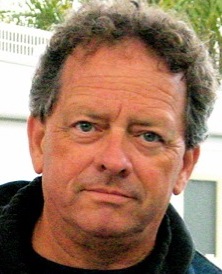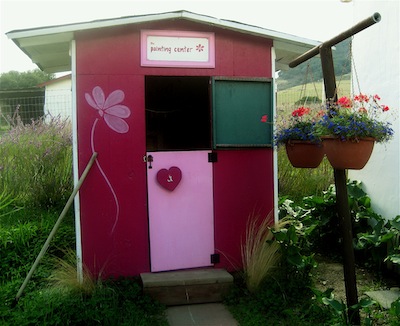
A Place to Work
Whether you are a sculptor, a writer, a musician, a yoga teacher, a painter, or a custom fly tyer, you need a place to work. The requirements for your work environment are very personal and unique, in part because of who you are, and in part because of what you do.
The tools of your craft are a key factor in the choice of a work space. Do you use 3-phase power and multi-ton machines? Do you need a sweeping view, or filtered light from the north? Do you wear hearing protection when you work? Do you need quiet and tranquility? Do you need a large open floor to work out your choreography, or can you curl up in an overstuffed chair with your laptop and earbuds in a quiet corner of a local coffee bar with dim light and soft conversation as a backdrop? Does everything need to be in its proper place or are you more comfortable in that curious organizational space that looks like absolute chaos to an outsider, even though you know exactly where everything is? Do you collaborate with others in your work or do you work in solitude?
People who make the choice to live and work according to their own creative calling rather than in the job market do not always have the luxury of setting up their ideal work environment from the start. Spare rooms, tool sheds, patios, garages, and kitchen tables are standard work environments for many of us. And sometimes these re-purposed spaces are just fine. But it's important to understand what the impact of your work environment is on your creativity and proficiency. Too many distractions, too much set-up and take-down between sessions, too many conflicting requirements on your space can all drain vital energy from your work. If you are in such a shared or borrowed space, take some time to evaluate what the conflicts are and assess ways to minimize them.
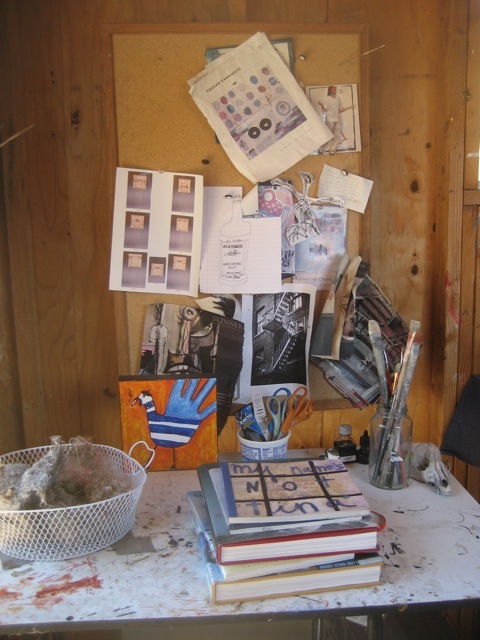
If you have the luxury, and by this we usually mean if you have the money, to design and set up your ideal work environment, it's important to take stock of what you need before you begin. Yes, you need space for the tools of your craft, and you need a well designed work area. These are specific to your craft, and we cannot address your detailed technical requirements here. But regardless of your craft, you need the right kind of emotional energy in your work environment. In addition to working out the work flow and storage and equipment issues, get a feel for the feel of the space. Optimize the layout to take advantage of whatever environmental factors can work for you in the space. Do you have sweeping views? If so, be sure to capture them in the orientation of your work space. Be sure your design incorporates a music system if this is important to you. Think about the impact that heat and cold will have on your comfort and ability to immerse yourself in the work.
But almost more important than any of these logistical and tactical aspects of your work environment, there's a profound psychological value in something we call sacred space. In her interview a couple of weeks ago, Amy McKay talked about this.
Michael: Very early on in this process of making the transition, you settled on having a separate, well defined studio space apart from your living space. Some people try to do it in their garage or spare room or living room.
Amy: Oh yeah, it's my woman cave and all my friends are jealous. I've painted in the living room and we have 900 square feet so that isn't very effective. I mean the family was tolerant of it and I tried to clean up and move it to the side a little when I was done but I still never painted very effectively unless Lief and the kids were gone. Something happens from the back door to the door of the studio. On that walk, it doesn't matter what's going on in the house or what kind of day I've had or if the house is a disaster and there's a bunch of chores to be done. I leave all that behind...The kids aren't allowed in here when I'm not in here, and normally they're not allowed at all. They know it's not a play space. So it really is my little sanctuary.
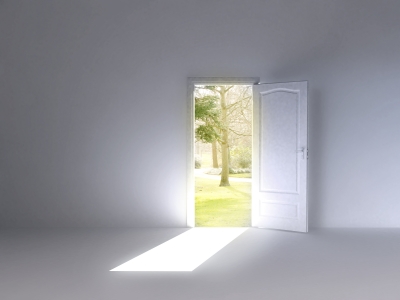
Amy has created something very important for the creative process. She has set her work space and process apart from the ordinary everyday world. Her family knows this and she protects it. This sense of the sacred space where creativity lives is extremely valuable. It's most easily accomplished in a full time dedicated location, But you can make it happen in shared or part-time space as well. There are three elements to this notion of sacred space: the space itself, your actions in preparation, and the physical elements incorporated into your process. Perhaps there is a special box that you keep your supplies and equipment in. Perhaps there is a process or ritual you engage to prepare yourself to work. The important thing is that you find a way to make a special creative space, physically, symbolically, and psychologically, around your work time.
Amy said one other thing that we want to touch on here.
"I decided that if this is what I wanted to do, if I wanted to be a full-time artist, that I had to act like I already was. If this was my only job, and I had already made it, already got the exposure and validation and all that, what would I be doing? And part of it was telling people I was an artist, which was hard to say at first. You know I'd meet people and in chit chat, they would ask what I do. I started forcing myself to first say I'm an artist..."
This statement is one of the strongest arguments for defining, developing, and defending your work space against the onslaught of everyday life. When you take measures to make your own creative sanctuary, in whatever form, and with whatever components are important and effective for you, you are sending a clear message to yourself and to the world around you. "This is real. This is my work. This is my job." It helps you to overcome that nagging uncertainty that haunts so many who dare to step outside the lines.
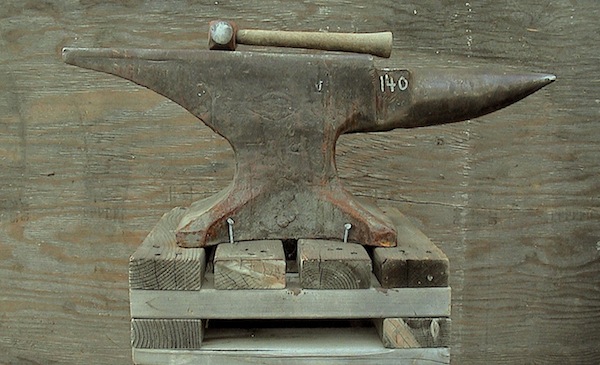
|






